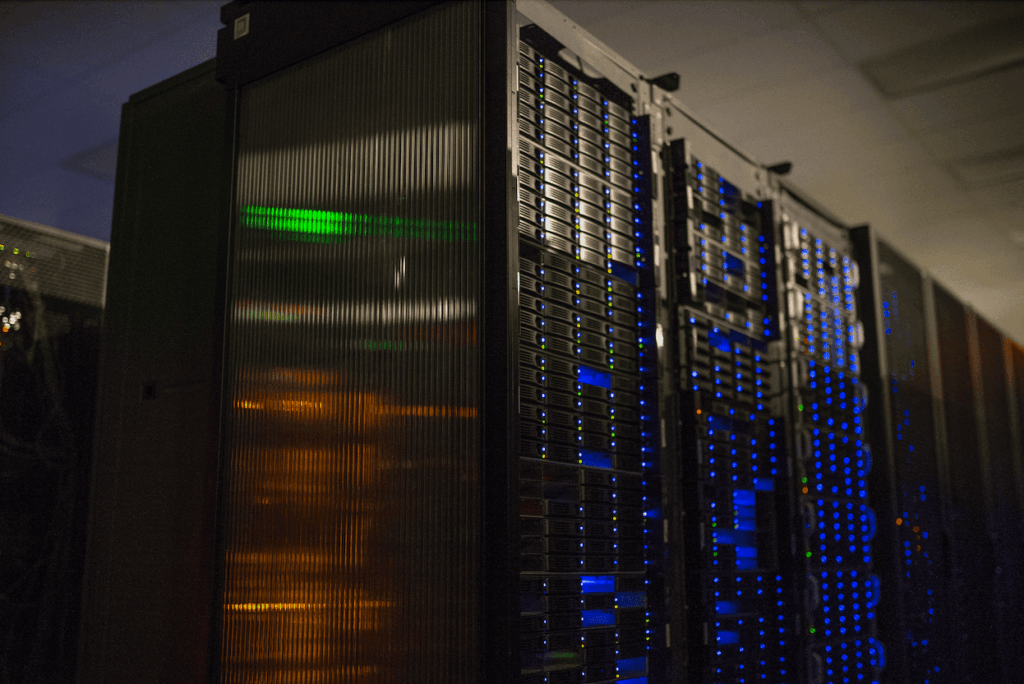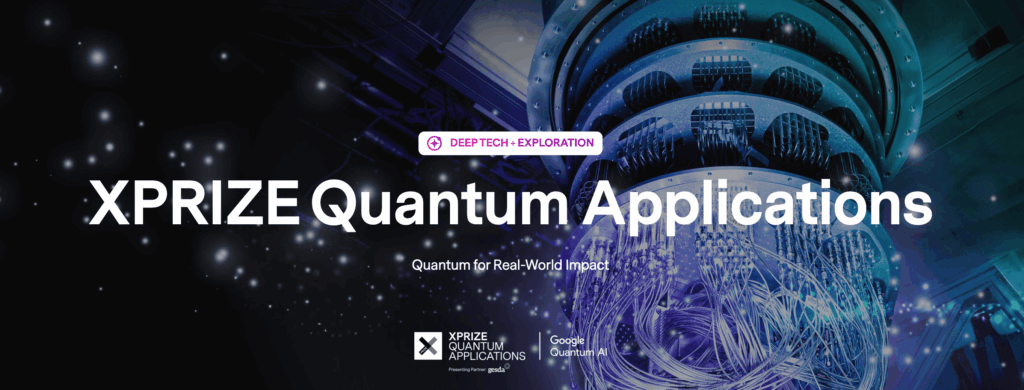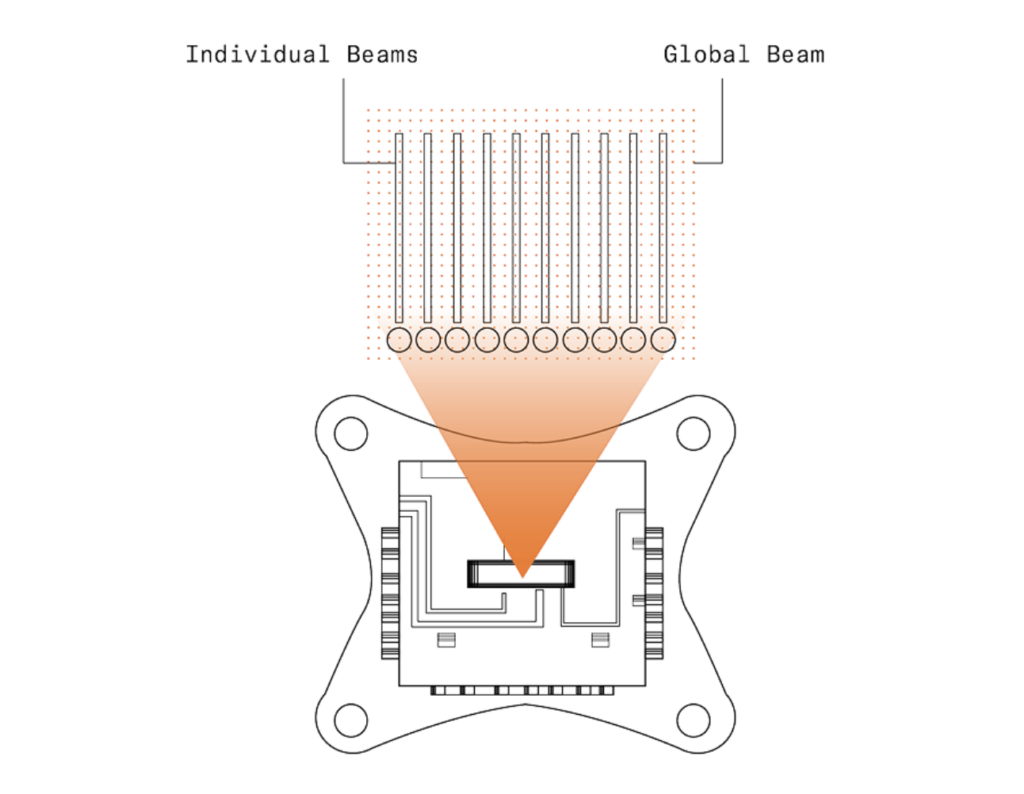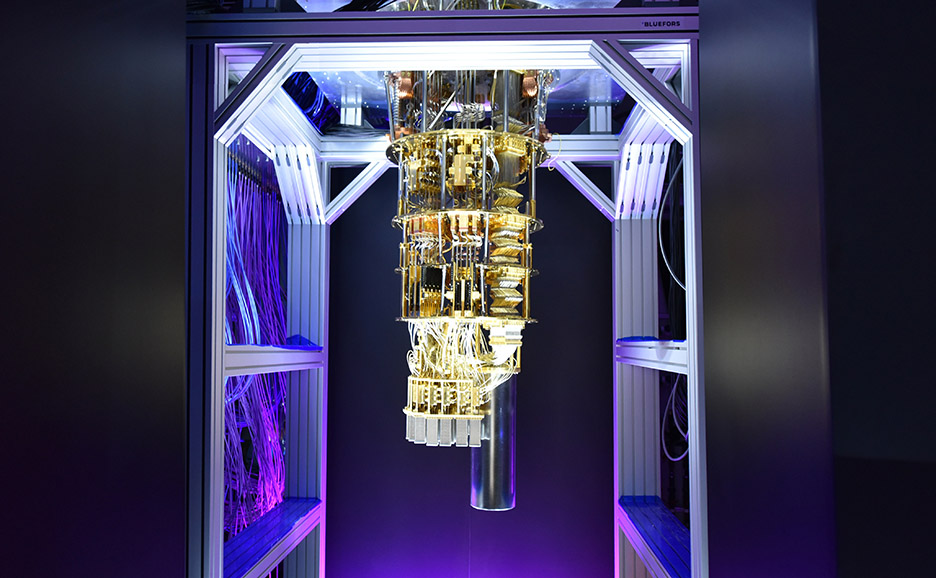Insider Brief
- Hong Kong’s research labs have been restructured to align with Beijing’s national technology goals, with quantum science emerging as a central priority, according to the South China Morning Post.
- The overhaul closed underperforming labs, rebranded others, and launched new State Key Laboratories, including two focused on quantum information and optical quantum materials.
- The changes reflect China’s broader strategy to direct scientific resources toward fields like quantum, AI, and brain science, positioning Hong Kong’s universities as instruments in the country’s competition with the U.S.
- Image: Photo by Andres Garcia on Unsplash
Hong Kong’s state-backed research labs have been overhauled to align more tightly with Beijing’s national technology ambitions, with new facilities dedicated to quantum research taking center stage. The restructuring reflects China’s broader shift to concentrate scientific resources on fields deemed vital in its rivalry with the United States.
The transformation dismantles underperforming labs, rebrands older institutions and channels funds into targeted programs. According to the South China Morning Post (SCMP), the changes are part of a nationwide revamp of State Key Laboratories (SKLs), designed to move from loosely organized, academically driven work toward a mission-oriented model intended to accelerate breakthroughs in artificial intelligence, quantum technologies and brain science.
“I hope the state key laboratories in Hong Kong will further bolster their mission positioning [and] focus on scientific challenges arising from national demands … to seize the commanding heights in the global scientific and technological competition,” Science and Technology Minister Yin Hejun said, as reported by SCMP.

Quantum Implications
The move will likely have far-reaching effects for quantum. The initiative includes the creation of two new labs devoted to quantum research: the State Key Laboratory of Optical Quantum Materials at the University of Hong Kong and the State Key Laboratory of Quantum Information Technologies and Materials at the Chinese University of Hong Kong. These facilities are expected to push research into the building blocks of quantum communication, quantum sensing, and quantum computing.
HKU president Xiang Zhang will head the new optical quantum materials lab. Zhang said the university was committed to “contributing to our city, our nation and the global community,” according to SCMP.
“HKU is dedicated to nurturing research talent across diverse disciplines, not only by supporting our laboratories but also by spearheading fundamental research initiatives that align with national development strategies and address critical national needs,” said Zhang.
As SCMP reported, the focus on quantum reflects Beijing’s view that leadership in this field could underpin long-term advantages in both defense and commercial sectors. Quantum technologies exploit the behavior of subatomic particles — such as superposition and entanglement — in hopes of performing tasks beyond the reach of conventional systems. China has already invested heavily in quantum communication networks and is now steering Hong Kong’s labs to feed into this national effort.
Since 2022, Beijing has restructured the SKL program, which dates back to 1984, to cut duplication, improve efficiency and ensure research addresses urgent national needs. Roughly 500 labs have been approved under the reformed program, each given clear mandates and direct oversight, the SCMP reports, adding that the changes mark a departure from the older model, which allowed broad academic exploration but often produced overlapping work and slow responses to state priorities.
Some of the plan includes moves that appear merely symbolic, but, like much about the Chinese governmental system, tend to contain deeper meaning. The SKL program has also altered its Chinese name to emphasize a more national scope, while keeping its English label unchanged. Minister of Science and Technology Yin Hejun underscored the point during a ceremony in Hong Kong this week, when plaques were presented to the newly designated labs where he urged the city’s researchers to contribute directly to the country’s development goals.
Winners and Losers
In Hong Kong, the Ministry of Science and Technology approved three new SKLs and restructured 16 existing ones into 12. Four labs lost their SKL designation entirely. These included research centers on brain sciences, medicinal plants, chemical biology and environmental analysis.
Others were rebranded to reflect new directions. For example, the State Key Laboratory of Molecular Neuroscience is now the State Key Laboratory of Nervous System Disorders, with a mandate to tackle illnesses such as Alzheimer’s. The marine pollution lab has been broadened to study marine and environmental health, while the lab of advanced displays was narrowed to cover displays and optoelectronics.
The SCMP reported that the changes are intended to eliminate redundancy and ensure each SKL makes a distinct contribution to national strategy.
University leaders in Hong Kong have pledged to support the revamped program. The University of Hong Kong will anchor the new optical quantum materials lab, while Chinese University of Hong Kong takes on the quantum information lab. Hong Kong Polytechnic University and Hong Kong University of Science and Technology are jointly running a new SKL for climate resilience in coastal cities.
According to SCMP, these institutions view the restructuring as a chance to tie their work more directly to China’s national science agenda, while also leveraging Hong Kong’s global connections to attract talent and international collaboration.
Funding and Oversight
Hong Kong’s Innovation and Technology Commission will continue to provide HK$20 million (US$2.5 million) annually for each SKL, covering staff, equipment, and consumables. This local support complements centralized funding from Beijing. The SCMP noted that Chinese Academy of Sciences researchers have argued that long-term, consistent funding is essential for the labs to maintain focus without constant grant competition.
They also recommended that Beijing directly assign tasks to SKLs, allowing scientists to spend less time on applications and more time on research. The new model appears to draw inspiration from U.S. and European national laboratories, which are tightly linked to government priorities.
The timing of the revamp comes as China and the U.S. intensify competition over advanced technologies. Washington has restricted Chinese access to cutting-edge semiconductors and quantum components, while Beijing has declared science and technology self-reliance a strategic imperative.
By steering Hong Kong’s research ecosystem toward quantum and other critical fields, Beijing is signaling that the city’s role in the national science effort will be defined less by local priorities and more by its ability to serve national needs. The South China Morning Post suggested that the refocused SKLs embody this shift, acting as instruments in China’s bid for global scientific leadership.
Commentary: Ecosystems vs. State Systems
The restructuring offers insights into the contrast between the separate paths that China and the West are pursuing in the development of quantum technology. While the move appears to mimic the success of the U.S. national labs, it does not mean the China will adopt the West’s approach to scientific innovation.
In the United States and Europe, quantum development has largely taken the form of ecosystems built around universities, startups, investors and government agencies. These networks are designed to encourage entrepreneurship, attract capital and foster open collaboration. Recently, organizers are working to connect with national labs as important drivers of quantum innovation.
China’s model, on the other hand, is more centralized — more top to bottom. By steering Hong Kong’s laboratories directly into fields like quantum, Beijing is creating capability nodes tied to national strategy rather than grassroots innovation hubs. The emphasis is on mission-driven research, rapid technical milestones and state-defined applications, especially in areas such as defense and secure communications.
This divergence has implications for the global race to master quantum technology. Western ecosystems may be better at nurturing commercial pathways and unexpected spillovers, while China’s approach is likely to deliver concentrated capacity aligned tightly with government priorities.
For Hong Kong, the revamp suggests its laboratories will function less as autonomous centers of innovation and more as specialized outposts within a national system.


















